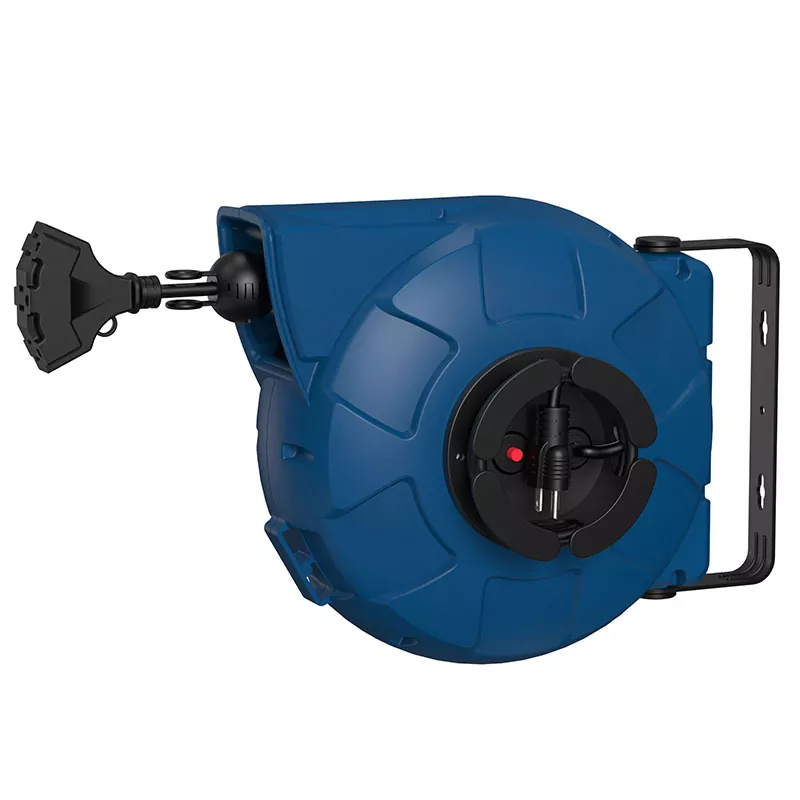The power adaptability of the retractable cord reel is subject to the dual constraints of its structural design and material properties. The core parameters are concentrated on the load capacity of the conductive medium and the thermal energy management efficiency. The retractable cord reel realizes automatic cable retraction through a built-in spring mechanism, and the resistance stability of its contact point directly affects the energy loss during high current transmission. The cross-sectional area and purity of the metal conductor determine the current carrying capacity threshold. If the winding curvature radius of the wire inside the reel is lower than the material tolerance limit, it may cause the local impedance to increase and cause the temperature rise effect.

The heat resistance level of the insulating material constitutes a key constraint. Under continuous high-load operation, if the glass transition temperature of the polymer sheath is lower than the peak value of the heat accumulation in the working environment, the aging process of the retractable cord reel will be accelerated. The coating process of the contact structure affects the oxidation protection ability. The arc impact during the start and stop of high-power equipment may aggravate the carbonization of the contact surface of the retractable cord reel, resulting in a step-by-step decrease in the conductive performance.
The winding density of the retractable cord reel in the stored state affects the effective heat dissipation area, and the electromagnetic induction of adjacent turns during full load operation may cause additional losses. The direction of industry technology evolution shows that the integration of high-conductivity composite materials and active heat dissipation technology is gradually expanding the application boundaries of such products in the field of power equipment.



